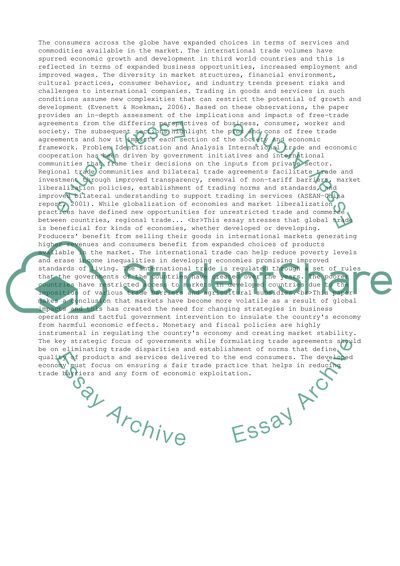Cite this document
(“International Business And Accounting Essay Example | Topics and Well Written Essays - 2500 words”, n.d.)
Retrieved from https://studentshare.org/business/1395272-international-business-and-accounting
Retrieved from https://studentshare.org/business/1395272-international-business-and-accounting
(International Business And Accounting Essay Example | Topics and Well Written Essays - 2500 Words)
https://studentshare.org/business/1395272-international-business-and-accounting.
https://studentshare.org/business/1395272-international-business-and-accounting.
“International Business And Accounting Essay Example | Topics and Well Written Essays - 2500 Words”, n.d. https://studentshare.org/business/1395272-international-business-and-accounting.


